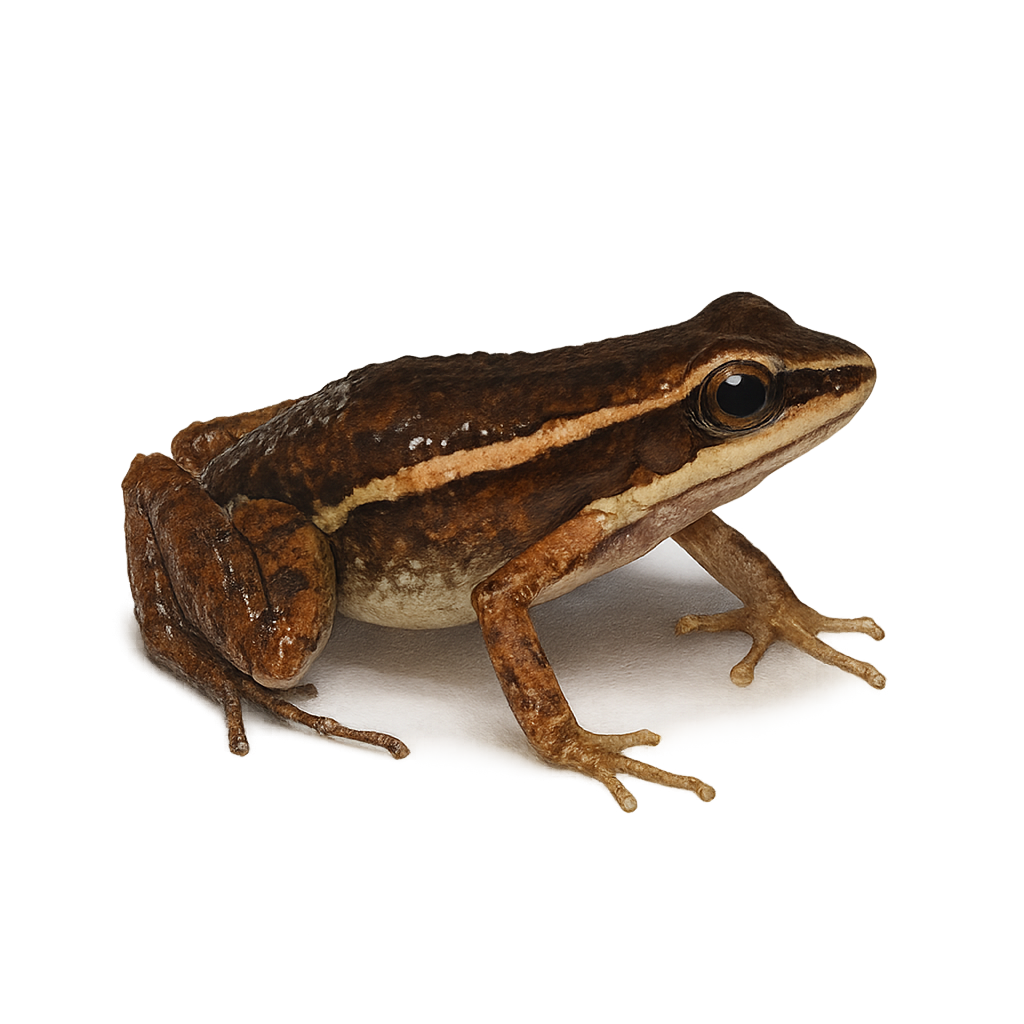Your wildlife photography guide.
Explore the cauca poison frog in detail, study its behavior, prepare your shots.
Where to observe and photograph the cauca poison frog in the wild
Learn where and when to spot the cauca poison frog in the wild, how to identify the species based on distinctive features, and what natural environments it inhabits. The WildlifePhotographer app offers tailored photography tips that reflect the cauca poison frog’s behavior, helping you capture better wildlife images. Explore the full species profile for key information including description, habitat, active periods, and approach techniques.
Cauca poison frog
Scientific name: Colostethus agilis

IUCN Status: Least Concern
Family: DENDROBATIDAE
Group: Amphibians
Sensitivity to human approach: Suspicious
Minimum approach distance: 2 m
Reproduction period: March to April
Incubation: 10–14 jours
Births: April to May
Habitat:
humid tropical forests, undergrowth, streams
Activity period :
Primarily active during the day, with peak activity in the morning and late afternoon.
Identification and description:
The Cauca poison frog is a small frog from the Dendrobatidae family, native to the humid tropical forests of South America. It is characterized by its smooth skin and bright colors, often a mix of green and brown, which allow it to blend effectively into its natural environment. This species is generally active during the day and primarily feeds on small insects. It is known for its territorial behavior, with males vigorously defending their space against intruders. Reproduction mainly occurs during the rainy season when conditions are optimal for tadpole development.
Recommended lens:
Macro – adjust based on distance, desired framing (portrait or habitat), and approach conditions.
Photography tips:
To photograph the Cauca poison frog, it is advisable to use a macro lens to capture the details of its skin and bright colors. Approach slowly and remain discreet to avoid scaring it away. Humid tropical forests provide natural diffused lighting, ideal for photography. Opt for early morning or late afternoon hours to benefit from soft light. Use a tripod to stabilize your camera and avoid motion blur.
The WildlifePhotographer App is coming soon!
Be the first to explore the best nature spots, track rutting seasons, log your observations, and observe more wildlife.
Already 1 432 wildlife lovers subscribed worldwide

